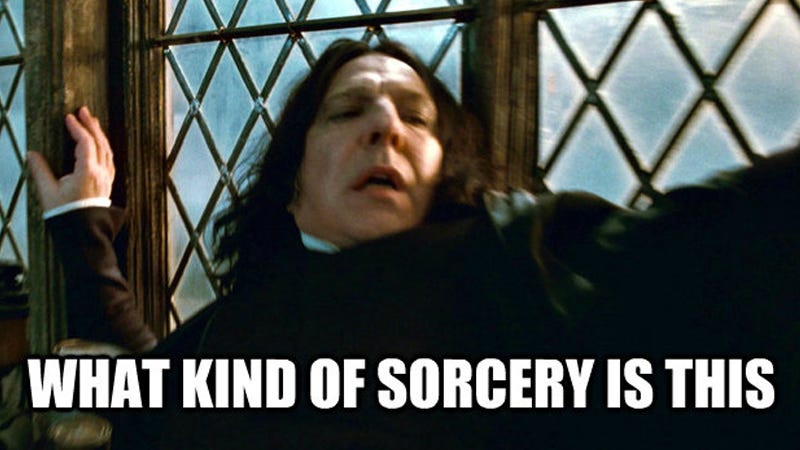“Frankly, I don’t see markets; I see risks, rewards, and money.” - Larry Hite
About
This post is to shows I open trades and manage my risk. The decision making process is simple and time tested. Of course, it is something I have learned from studying the great masters before me. Probably the most credit here needs to go to Mark Minervini.
Key takeaways
If I cannot answer to every single step of the workflow I skip the setup;
I enter a trade knowing where the chart has “soured”;
I use my own trading stats and the technical levels to determine where my stop loss should be;
Overview of the process
The process is separated into 2 parts: Setup Evaluation and Risk Evaluation.
Setup Evaluation deals with the quality of the setup I am looking at.
Risk Evaluation deals after I have decided to take a trade - how do I determine my stop loss levels. Remember, we look at risk first.
#1 Research
The idea here is to find a strong TML (true market leader) stock. This involves determining evaluating the fundamentals and the technical aspects (I will devote a separate post on how to do this).
#2 Does it have a base
The second step is something that I have learned from David Ryan. I remember, watching a video of him some time ago and he recalled a conversation with William O’Neill. Every time a portfolio manager consulted Bill whether to enter a trade, Bill has asked “What base do you see?”. The idea of trading off bases is very CANSLIMish. As a student of the markets I look to be able to NAME each base as I see it. I keep this name in my trading journal and group trades by setups. This way I know what is working, what I am good at and where I need improvement. PS. this is the reason I have started the Substack with Anatomy Series - Episode 1 is here
#3 Template Check
If a stock passes the base vibe, then it goes to template check. This basically deals with the question “What does a [Power Play] look like?” /⬅️insert base type/. I go through all the criteria and see if the setup is a good fit.
Example: From Episode 2 of the Anatomy Series - we know that a PowerPlay needs to make an advance of 100% in less than 40 days. Does the setup meet this criteria? If yes we move to the next piece of the template.
Basically the idea here is to consult with what has historically proven to work well in the markets. This way I stack probabilities in my favour.
#Where am I a buyer
The system works really well, when you buy at the right point. I determine this level on the chart. By now, many of you will know that lower price is not a better price. Or as William O’Neill says: “We buy at the right price”. My goal here is to find the place there is not overhead supply and the sky is clear for the stock to move up but in essence I buy of a PIVOT POINT breakout /more details in future posts/. This level is important since it will be a reference point to the rest of my steps.
#4 Where does the chart sour?
Since I trade off breakouts from a base, I would not like to see much violation of the pivot point and/or the base bottom. This for me is where the chart sours. The actual answer there is a function of the my recent trading results, the general market environment and position size. But in essence I know when I look at the chart, what I want to see and what would chicken me out - this is the TECHNICAL LEVEL. 🐓
#5 Does the technical level match my trading stats?
Now I start measuring the distance between the PIVOT POINT and the TECHNICAL LEVEL. I am mostly concerned, if I put my stop loss at the technical level, what would my % stop loss be. I then consult my trading stats. In particular my average stop loss % and my max average stop loss % (the second stat is my own invention and will write about it separately).
If the potential stop loss is over my average stop loss %, I would not be comfortable. This is because if I get stopped out (and chances are 50% in good times), then I will be increasing my average stop loss %. However, this goes against what ALL the wizards are advising “Keep losses small"! So instantly my aim is to decrease the average stop loss %, not to increase it.
#6 Creative stops to meet my stats?
However, even if I couldn’t achieve parity in step 5, I still have another life to keep me in the game ❤️. This involves more creative techniques, which allow me to enter more volatile names yet not increase my average stop loss!!
Basically, I use staggered stops. Here is my favourite pyramiding out formula.
This way I can digest the volatility of the stock but without harming my scorecard. Of course, if even 7% stop loss is not enough in the setup, then this is clear indication that I ought to wait for the stock to tighten up more before I jump on it.
Some Goodies
When I open positions, I have developed my own position sizing calculator for Trading View - its FREE here is the link if you want it - here.
Alternatively, if you want I can share my excel position sizing calculator - just drop me a message under this post.







pls share the excel on rahulkhandelwal1980@gmail.com